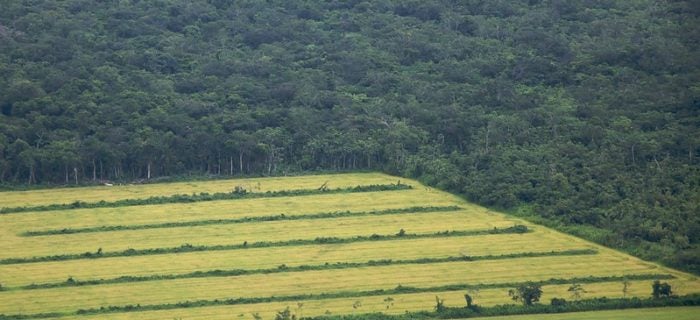Authors: SFSI Faculty Affiliates Ivette Perfecto and John Vandermeer
Published December 2, 2019 by Food First
When we were children, a long auto trip would require a stop every hour or so to clean the windshield of the insects that had been intercepted. Today’s windshields are spared this indignity—a convenience for motorists but a terrifying signpost of danger for the well being of the planet and humanity. It would be difficult to exaggerate the current peril we face as we push forward into what is now understood as the beginning of a new mass extinction. Yet efforts to curb this potential catastrophe are hindered by limited understanding of the relevant sciences, both natural and social. And a keystone issue is agriculture, both as partial cause of the crisis, and potential contributor to its solution. This is understood technically, but restricted limits of debate continue to force a restricted set of proposed solutions.
To take an extreme example, E. O. Wilson, one of the world’s best-known biologists, recently proposed that half of the Earth’s surface should be put into protected status for the sole purpose of preserving biodiversity. While his proposal is unusually bold, the general idea of a vast expansion of protected areas is common among some conservationists in the United States and elsewhere. At present, something less than fifteen percent of planetary surface is in some kind of protected status, with various international agencies committed to expanding protected areas to seventeen percent. Implementation of what Wilson calls a “Half-Earth” strategy would require that more than three times as much land than at present be designated as “protected” areas for the primary purpose of biodiversity protection.
Continue reading here.



